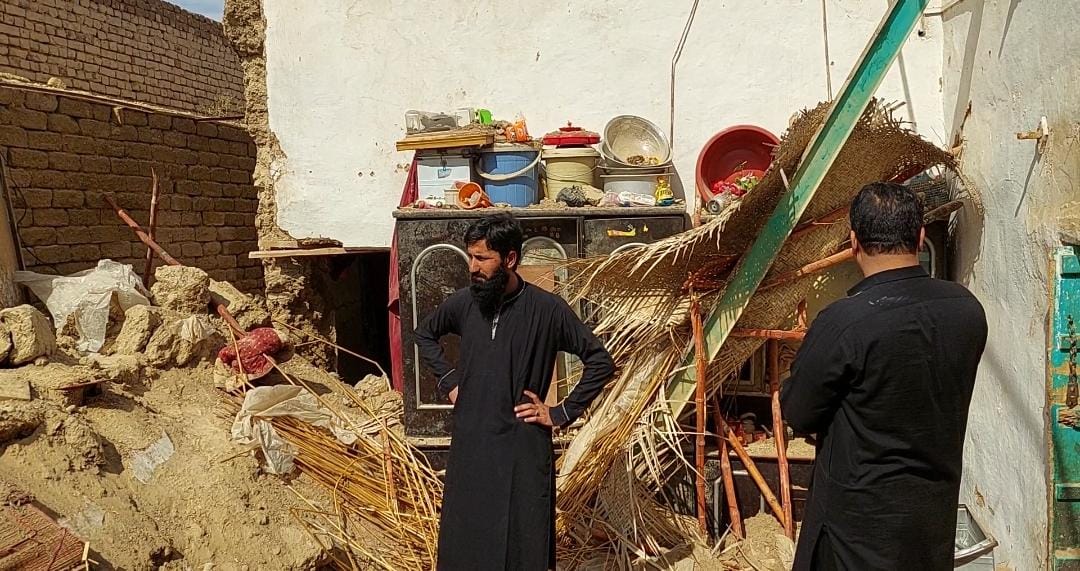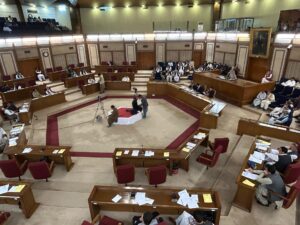Editorial:
The recent earthquake in Balochistan’s Khuzdar district has sparked concern and shed light on the vulnerable position of the province. Despite being located in earthquake-prone red zones, the impact on mud-walled houses in Wadh from the 5.5 magnitude quake is only the latest episode.
Official secrecy has clouded the exact number of damaged houses, but local journalists’ videos depict dozens affected. The true extent of displacement and homelessness is yet unknown, but the recurring threat of earthquakes in the region cannot be ignored.
Balochistan Has A History Of Earthquakes
Balochistan has a tragic history with earthquakes, claiming lives in Ziarat, Mashkail, Awaran, Harnai, and the devastating 1935 quake that razed Quetta. Unfortunately, the lessons seem unheeded, with risky constructions in Quetta violating building codes.
Congested streets and poorly constructed high-rises pose a severe risk to human lives. Despite these dangers, authorities have not implemented adequate awareness and precautionary measures. The Provincial Disaster Management Authority (PDMA) lacks the resources and expertise needed to handle natural disasters effectively.
PDMA Lacks Capacity To Tackle Disasters
Political influence in recruitment and machinery purchases further compromises the PDMA’s performance. Urgent measures, including establishing a dedicated department with experts and proper equipment, are crucial to address future emergencies.
Adding to the complexity, the looming threats of global warming and climate change exacerbate challenges. Last year’s devastating floods should serve as a wake-up call to rectify mistakes and enhance communication strategies before it’s too late.






